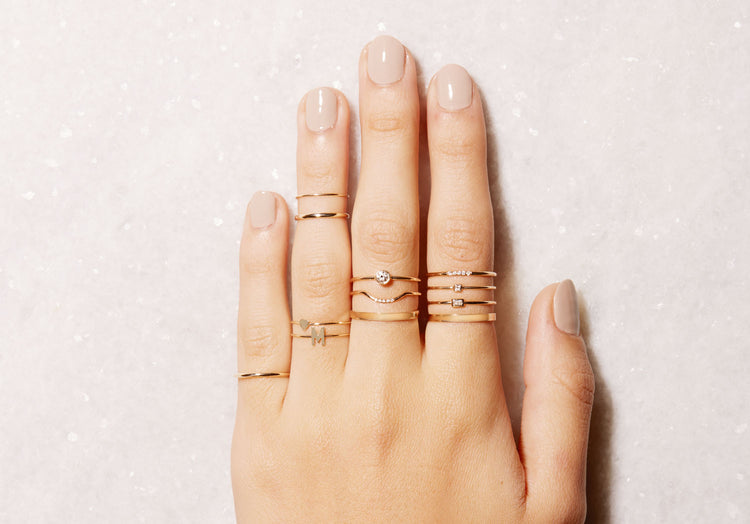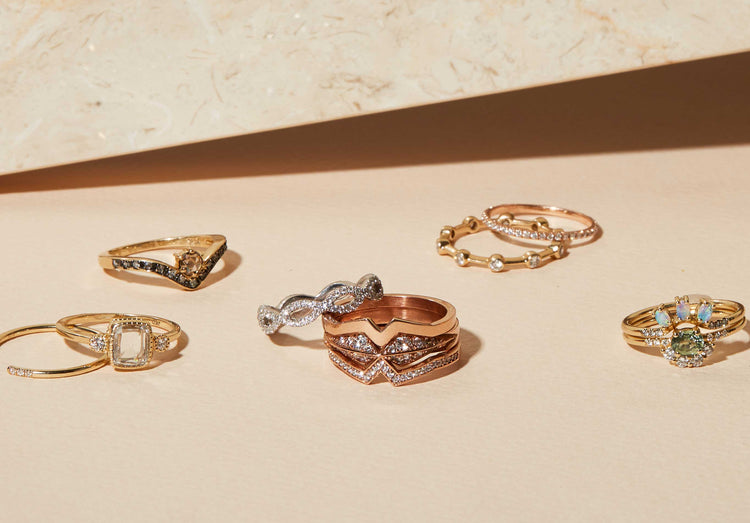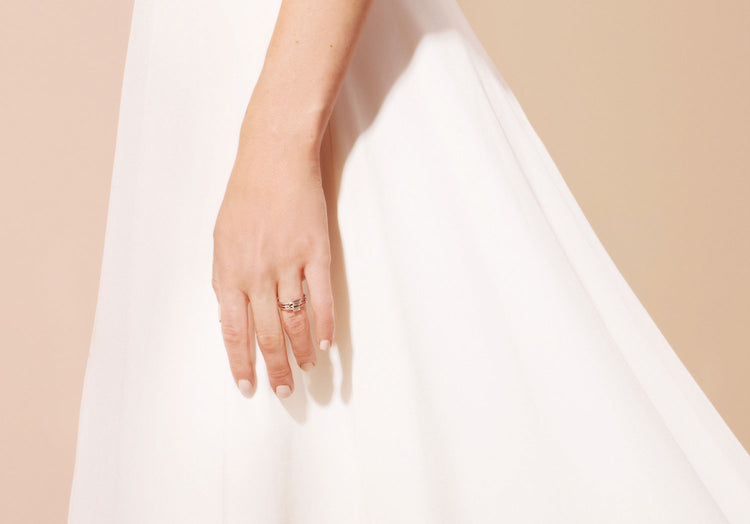A pearl of wisdom maintains to ‘never wear jewelry to the beach’, but we’re going to disagree with that
For those of us whose personal style is as tied to jewelry as summer is to activities on the sand, this correlation can be problematic. Weddings in the dunes, cocktail hour on the beach, how to accessorize your swimwear in an editorial fashion... Luckily, for us jewelry devotees, it's not all bad news. We sat down NYC trained gemologist Ray Griffiths to get it straight.
Q: Wearing jewelry to the beach — is it a do or a don't?
A: The first thing I would say is just be very careful wearing jewelry at the beach. Once you hit the cold water your hands shrink. So, "Don't wear your engagement ring when you go swimming!" Many very expensive engagement ring has disappeared in the ocean. Any rings should come off before you go in, unless they're really tight and you never take them off.
Q: What about environmental factors like sand? Can it harm jewelry?
A: Sand is silica – it's what they make glass from. It's very abrasive and will wear off the surface of things like gold–plating, rhodium–plating, and vermeil. Wearing a piece of vermeil jewelry to the beach is like taking Ajax to it. Solid gold, solid silver, or solid anything, on the other hand, should be fine. With gemstones, it depends on the hardness of the material. If it's a harder stone like a diamond, sapphire, or ruby, the sand won't hurt it. But if it's a softer stone, like a quartz mineral like amethyst or citrine, then it's a lot more likely to be damaged.
Q: What effect does climate have on jewelry?
A: Salt air will rust any sort of non–ferric metal like steel or iron to bits, and it will have a long–term effect on any jewelry. It's especially harmful to rose–gold jewelry because of the copper. Sea salt is very corrosive to copper and it will cause the jewelry to collapse much faster than yellow gold, which has brass and silver in it. Wood and other soft or absorbent materials like coral or turquoise will absorb the sea salt and air and eventually rot. It's like parking a car near the beach. It's going to rust.
Q: How would you recommend jewelry be stored in a salt–air environment?
A: People make the mistake of putting jewelry in plastic Ziploc bags, which is bad because it can't breathe, and that will oxidize metals. Once you cut off the air supply, chemical reactions can take place. It could be a reaction to the plastic of a Ziploc bag, or a reaction to the air in the bag. I recommend just putting them in a cool, dry place that's well ventilated.
Q: Will things like sweat, creams, or suntan lotion affect jewelry?
A: All of those things can create chemical reactions. An interesting thing to talk about is how silver can react to the sulfur dioxide of a Mediterranean diet. If you've been eating garlic, feta cheese, olives —anything that's sulfur–producing — when you exude it out your skin, it will have a direct reaction with silver. Don't be surprised if you're sitting on the beach and your silver jewelry turns black. This applies to anything that contains silver, including vermeil. Suntan lotions won't harm any metal, because there's nothing corrosive in those lotions — otherwise we wouldn’t be putting them on our bodies! But it will rot any sort of string or thread, so you should be very careful with strung jewelry.
Q: What types of materials are best for the beach?
A: Durable materials like platinum and fine gold should be fine as long as you take them off before going in the water. It's the same with diamonds or precious stones because they're harder materials. No damage can come to a diamond ring at the beach.
Notes to take away:
● Avoid softer stones or plated jewelry that will tarnish
● Remove expensive pieces, like engagement rings, before going in the water
● Go with durable materials like platinum and fine gold



